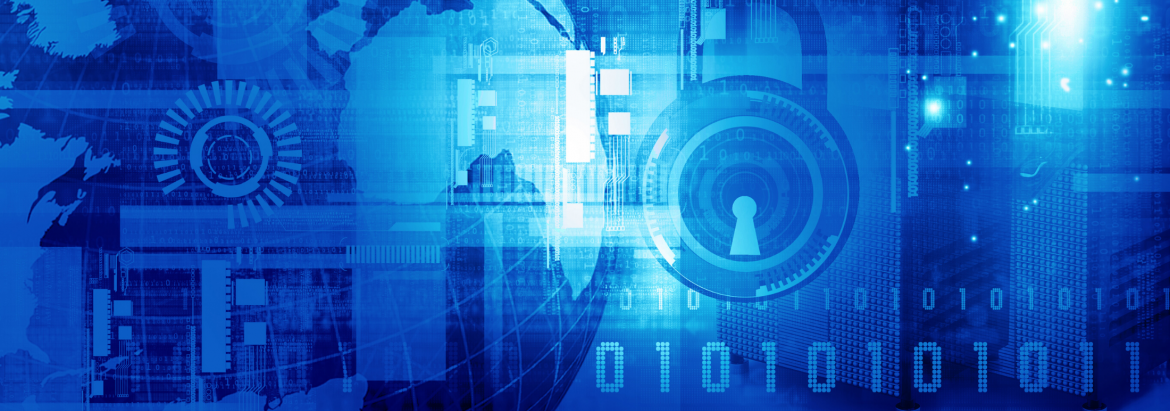
Secure Management of Remote Endpoints in the Wake of Covid-19


Business continuity was severely impacted by the pandemic and businesses had to rapidly shift to a remote working culture. However, there are several challenges with the remote work culture and, one of them is to manage the security of endpoints. With employees working outside the professional physical space, securing these remote endpoints is the need of the hour.
A remote endpoint is a computing device that can be connected to a network without being nearby. A remote endpoint communicates continuously with the connected network. Some of the common examples of remote endpoints are: Mobile devices, IoT devices, Servers, PCs, Tablets, and Workstations.
Endpoints can be used by:
Endpoints act as a point of entry for attackers as well as employees and customers. Cybercriminals use endpoints to execute malicious code and exploit the loopholes. Employees are connecting with the organization’s internal resources via remote endpoints that are vulnerable to cyberattacks. Cyberattacks can enter the organization’s internal network and gain access to sensitive data or high-value assets. Such an attack can degrade the service availability and reliability.
Organizations have been using antivirus systems to date for blocking cyberattacks. However, traditional antivirus systems cannot cope with the level of sophistication in modern-day cyberattacks. New solutions are being explored for reducing cybersecurity threats in the era of remote working. In the meantime, AI-led cyber security and compliance services are being preferred by organizations around the world. New-age technologies like AI and Machine Learning are playing a massive role in blocking sophisticated cyberattacks.
Now that you know about the shortcomings of traditional antivirus systems, you should look beyond it. Given modern-day cyberattacks on endpoints, an organization should follow these steps:
AIOps based analytics platforms can notify about current vulnerabilities at endpoints along with determining future threats. AIOps will boost automation in cybersecurity processes without hampering service availability. AIOps based analytics platforms are the perfect solution for rigorous monitoring of endpoints even when no one is at the organization’s premises. In the view of WFH culture, AIOps can help in maintaining business continuity and service availability. How AIOps enhances the security of remote endpoints is as follows:
Recent AI data analytics monitoring tools can monitor any endpoint that encounters your organization’s network. AIOps is also helpful for organizations that are using virtual desktop infrastructure solutions due to the recent WFH culture.
If your organization has silos that are not sharing endpoint data, you cannot implement effective cybersecurity measures. AI data analytics monitoring tools disrupt the IT silos and help you in collecting data from endpoints. By the end of 2030, the global AIOps market will be worth more than USD 600 billion. Adopt an AIOps strategy for your remote endpoints!
Please complete the form details and a customer success representative will reach out to you shortly to schedule the demo. Thanks for your interest in ZIF!
Notifications